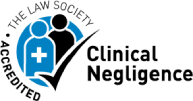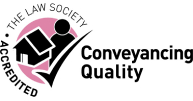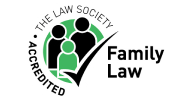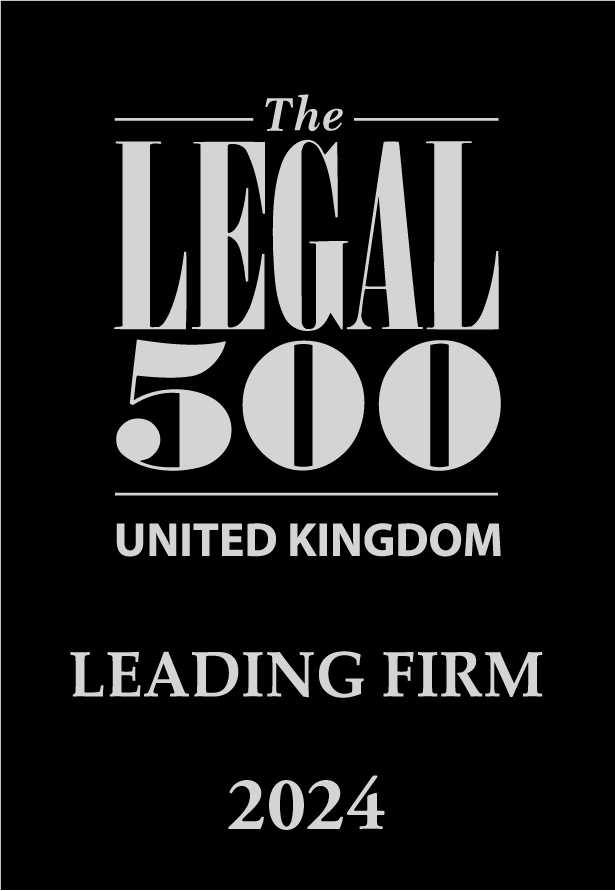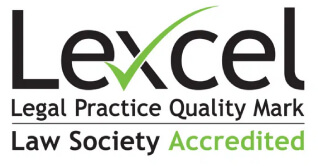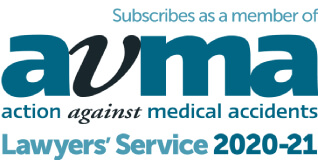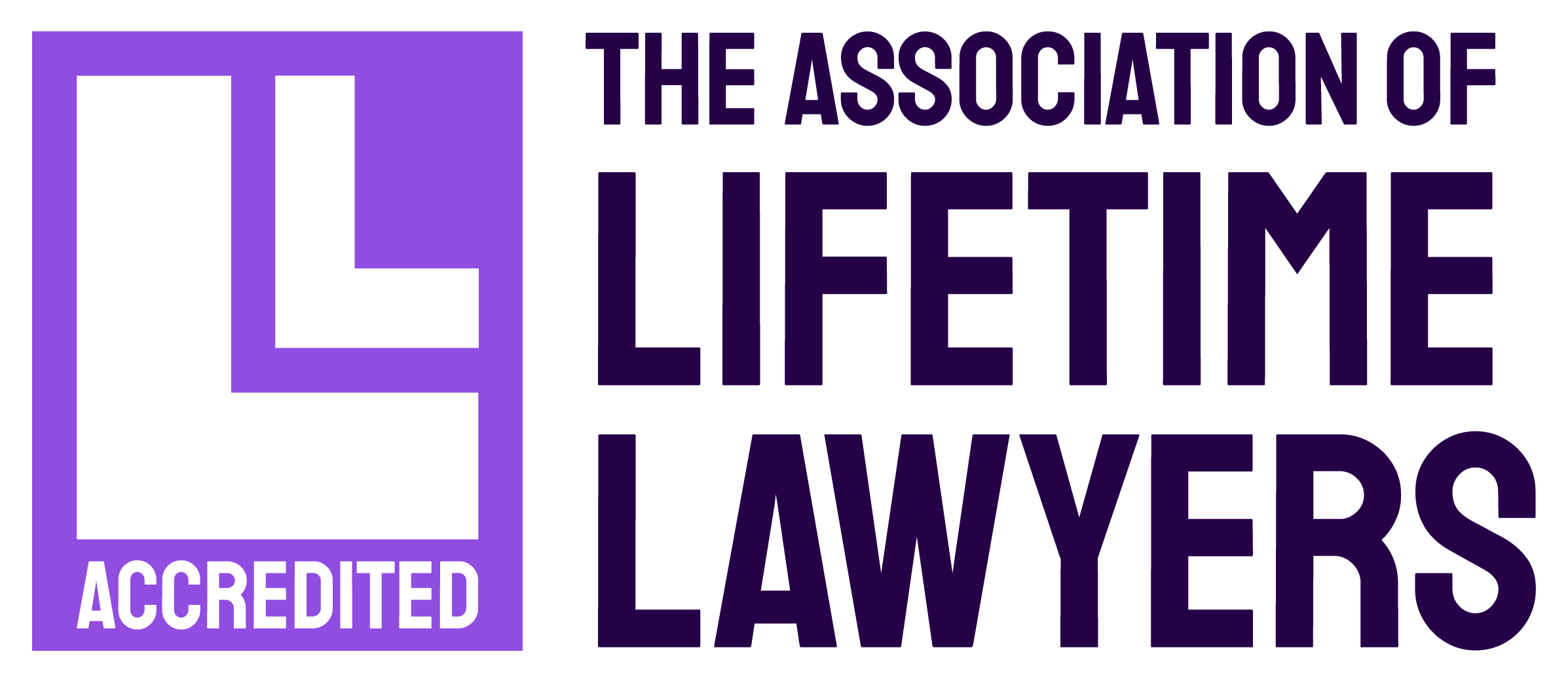The Building Safety Act – fire safety responsibilities for landlords
The Grenfell Tower fire, a tragic incident during which over 70 people lost their lives when a fire blazed out of control due to the building’s highly flammable cladding, led to the introduction of the Building Safety Act 2022. The Act legislated amendments to a raft of other laws and regulations, which particularly impacted fire safety regulations.
Three-phase fire safety reform
In 2021, the Fire Safety Act came into force as Phase 1 of the implementation of recommendations made by the Grenfell Tower Inquiry. This clarified the scope of the Fire Safety Order, making it clear that it applies to the structure, external walls (including cladding and balconies) and individual flat entrance doors between domestic premises and the common parts of multi-occupied residential buildings.
Phase 2 saw the implementation of the Fire Safety (England) Regulations 2022 (hereafter referred to as ‘the Regulations’), which came into effect in January 2023 and impose new fire safety responsibilities on the owners, landlords and building managers of relevant buildings.
These buildings include:
- High-rise residential buildings
- Mid-rise residential buildings (at least five storeys or 11 metres in height)
- Multi-occupied residential buildings with at least two dwellings.
Updates to the Fire Safety Order followed as Phase 3, coming into force in October 2023, which aimed to increase cooperation and information sharing between responsible persons and give authorities more power to punish non-compliance.
What does this mean for me?
The Fire Safety Order requires a ‘responsible person’ to be responsible for the requirements laid down by fire safety legislation. This is usually the building owner, but in the case of a residential building, it can be any person who has control of the building, such as the managing agent or building manager.
This ‘responsible person’ has a duty to make a suitable and sufficient assessment of the risks to which the building’s occupants are exposed, for the purpose of identifying the general fire precautions they need to take in order to comply with the requirements and prohibitions imposed on them.
Building owners and managers of multi-occupied buildings should therefore give careful consideration to the new legislation and whether or not the responsibilities imposed will apply to them and their property portfolio.
If so, the responsible person should take any relevant action required to ensure compliance with the new requirements.
Read on to find out more about each piece of fire safety legislation, who it affects and the responsibilities of responsible persons.
The Fire Safety Act
Who it affects:
Responsible persons
Responsibilities:
Fire safety risk assessments should now incorporate the structure, external walls and individual flat entrance doors and measures should be taken to rectify any risks identified in these areas.
Buildings to which the Fire Safety Act applies:
Multi-occupied residential buildings which contain at least two sets of domestic premises.
The Fire Safety (England) Regulations 2022
Who it affects:
Responsible persons
Responsibilities
Responsible persons of high-rise blocks of flats must now:
- Provide information to fire and rescue services to help them with operational planning and provide additional safety measures
- Provide residents with fire safety instructions and information on fire doors
- Provide their local fire and rescue service with up-to-date electronic building plans
- provide information on the design and materials of their external wall
- Undertake monthly checks of firefighting lifts, evacuation lifts and other key pieces of firefighting equipment
- Install a secure information box and wayfinding signage.
Responsible persons of mid-rise blocks of flats (i.e. with storeys over 11 metres in height) must now:
- Undertake annual checks of flat entrance doors and quarterly checks of all fire doors in the common parts.
Buildings to which the Regulations apply:
High-rise and mid-rise residential buildings and all multi-occupied residential buildings with two or more sets of domestic premises.
Amendments to the Fire Safety Order
Who it affects:
Responsible persons
Responsibilities
All responsible persons in premises regulated by the Fire Safety Order must now:
- Record their completed fire risk assessments in full (whereas previously only specific information was required)
- Record the name of the person or entity engaged to undertake the fire risk assessment
- Record their fire safety arrangements
- Provide up-to-date contact information and share this with other responsible persons and residents where applicable
- Take reasonable steps to find out the identities of other responsible and accountable persons in the building
- Share fire safety information with incoming responsible persons
- Provide information in buildings with more than two sets of domestic residences with fire safety information in a format they understand.
Fines for some offences were also increased and the status of statutory guidance attached to the Fire Safety Order was increased, meaning that deviation from this guidance can be used as proof of a breach of the Fire Safety Order in a court of law.
Buildings to which the Fire Safety Order applies
Multi-occupied residential buildings which contain at least two sets of domestic premises.
Getting the right legal support
With so many new legal responsibilities for building owners and landlords to contend with, getting expert legal advice is vital. Our Commercial Property team comprises three experienced lawyers and two paralegals, giving us the expertise and resource to dedicate all the time required to resolve your matter.
Please get in touch with our team on 0330 221 8855 or send an email to enquiries@attwaters.co.uk












